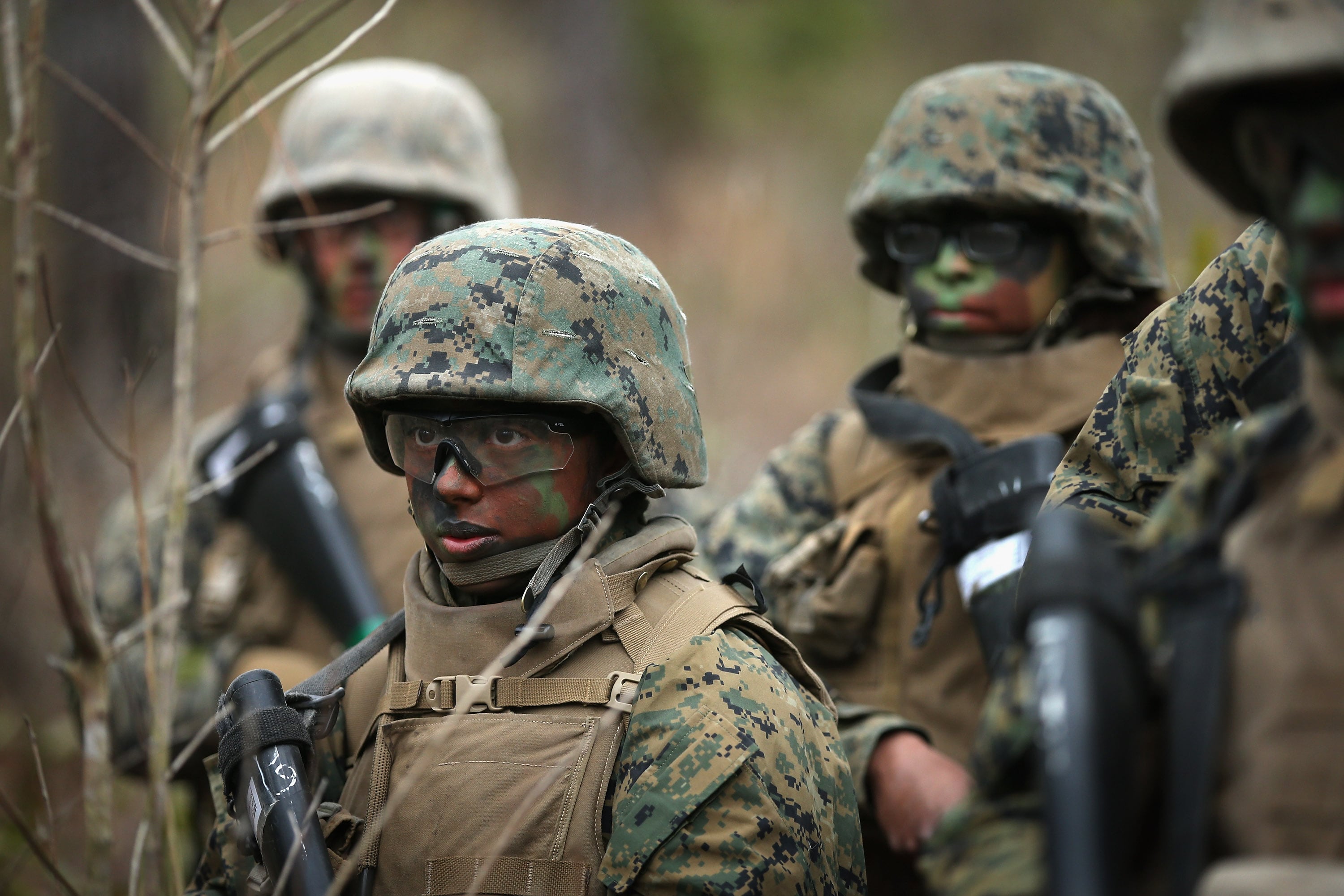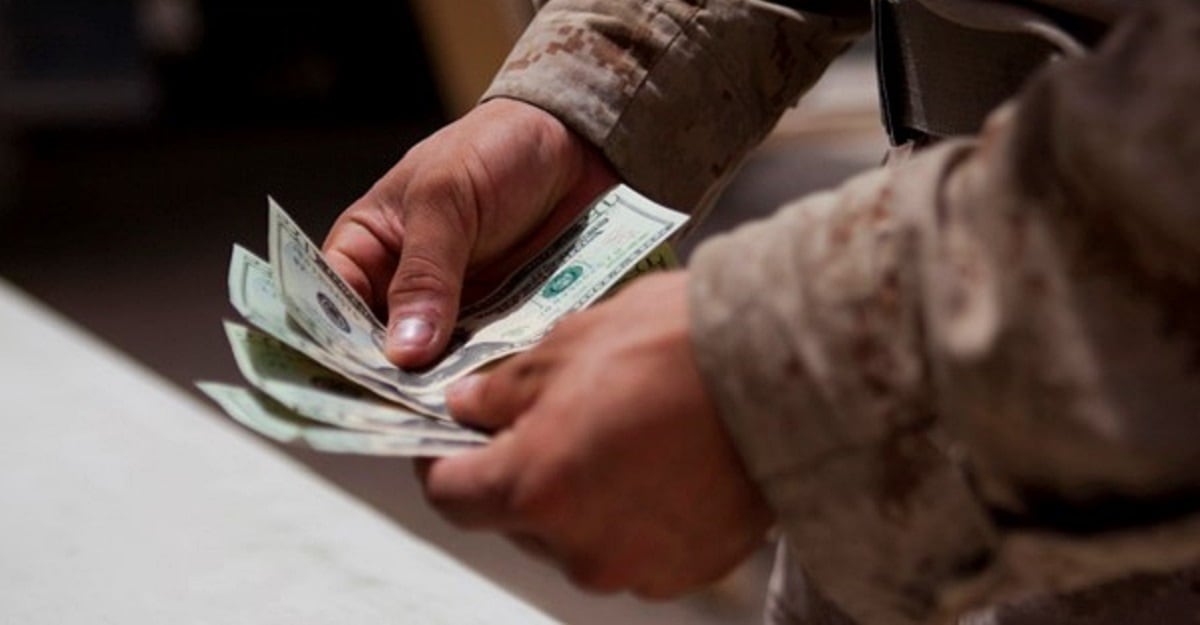You’re definitely never going to find a service member who thinks he or she might be overpaid, but that’s one of the conclusions of a Rand Corp. study on military pay released Wednesday.
Looking across 30 years of research, including multiple Army- and DoD-sponsored Rand studies, the author concluded that the current pay system might not only be out of proportion with civilian pay, but it could dis-incentivize performance and retention.
“Ideally the compensation system provides the needed flexibility in its application of incentives to recruit and retain the right numbers and quality of personnel; to sort them into the specialties, assignments, and ranks in which they could contribute the most to readiness; to motivate personnel to do their best in the interest of the service; to separate them from service gracefully when it is in the best interest of the service to do so; and to do all of this efficiently,” Beth Asch wrote.
Compensation for officers and enlisted troops is above the 70th percentile of pay for civilians of similar education and experience, “raising the question of whether military pay is set too high relative to civilian pay,” according to the report’s key findings.
That benchmark was set in the ’90s, after researchers concluded that the services could recruit and retain the quality service members they were looking for at that level.
“What is important to understand, however, is that the 70th percentile is not a goal in and of itself,” according to the report’s conclusions. “Compensation should be set high enough to attract and retain the quantity and quality of personnel the services require, and the level of compensation necessary to do this may or may not be at the 70th percentile.”
As of 2009, the level was more like the 90th percentile for enlisted service members and the 83rd for officers.
“Given that military pay is above the 70th percentile benchmark and has been for some time, the important question is whether this benchmark is still relevant or whether military pay is set too high relative to civilian pay,” the report said.
One recommendation is to reexamine both the current level and that Defense Department benchmark, to see if military pay levels need to adjust, and in which direction.
The idea has always been that more pay would improve the quality of recruits ― and, indeed, over time the mix has advanced to include more college graduates, for example.
Except in the Army, Rand found. The other services recruited more top-tier candidates ― those with high school diplomas, scoring above average on their aptitude test and with no waivers for criminal or medical background ― as pay rates increased. But the Army’s mix of recruits stayed nearly the same.
There are a couple of theories for this, the study found. One is that the post-9/11 GI bill took away the Army’s previous incentive to pay for recruits’ educations, leveling the playing field for all of the services and perhaps sending some would-be soldiers over to the Navy or the Marine Corps.
"Another possibility is that the Army set its recruiting-quality goals constant as military pay increased, allowing the Army to hold down such recruiting resource costs as bonuses and
advertising, yet still meet the DoD benchmark," the report said. “The other services focused on increasing recruit quality above the benchmarks when military compensation increased.”
More pay suggestions
Rand also took a wide look at the pay charts, noting that there is some worrying “compression” in some areas.
The team behind the Quadrennial Review of Military Compensation has been looking at the possibility of a new pay table that would increase by time in grade, rather than the current time increase at every two years in service.
After enlisted pay got a boost in the early ’70s, to attract more people to a newly all-volunteer military, the difference between E-1 and E-5 pay decreased by about 13 percent. A bigger pay bump while moving up these initial ranks could increase retention, the study suggested.
On the officer side, pay tends to nearly flatten once someone makes general or flag officer, which could dis-incentivize officers to put in the work to pin on more stars, absent the financial incentive to get promoted.
RELATED

Special and incentive pays could be the answer, according to the report. Selective Retention Bonuses, which give large chunks of money to service members in undermanned job/rank combinations, have proven effective at retention. Enlistment bonuses have been similarly successful.
The services have made some moves to make these paycheck boosts, often given for particularly dangerous assignments or for learning critical skills, more flexible, but they still make up a small amount of the services’ personnel budgets each year, and they don’t increase with any regularity.
“One approach to accomplishing a reallocation could be to allocate a portion of the annual pay increase to S&I pays in a way that sustains retention across the force as well as in specific communities,” the report suggested.
Or special pay could be doled out based on performance, rather than the current set monthly allowances. Or, in some cases, they could be tied to a service obligation.
“One approach for linking S&I pays to performance is to make these pay a function of pay grade and, therefore, promotion,” the study suggested. “Linking S&I pays to grade would reinforce the relationship between financial return and performance and promotion.”
For example, increasing jump pay with every rank could motivate paratroopers to stay in and move up the ranks.
Meghann Myers is the Pentagon bureau chief at Military Times. She covers operations, policy, personnel, leadership and other issues affecting service members.




